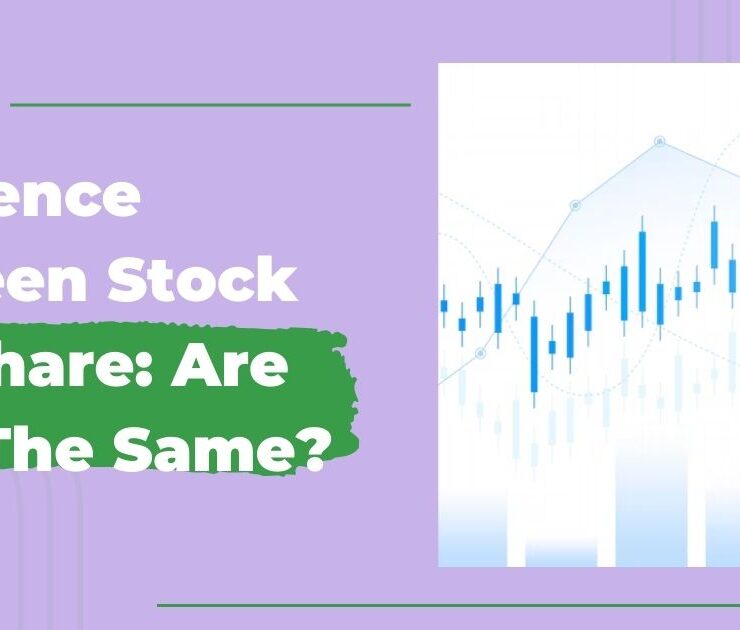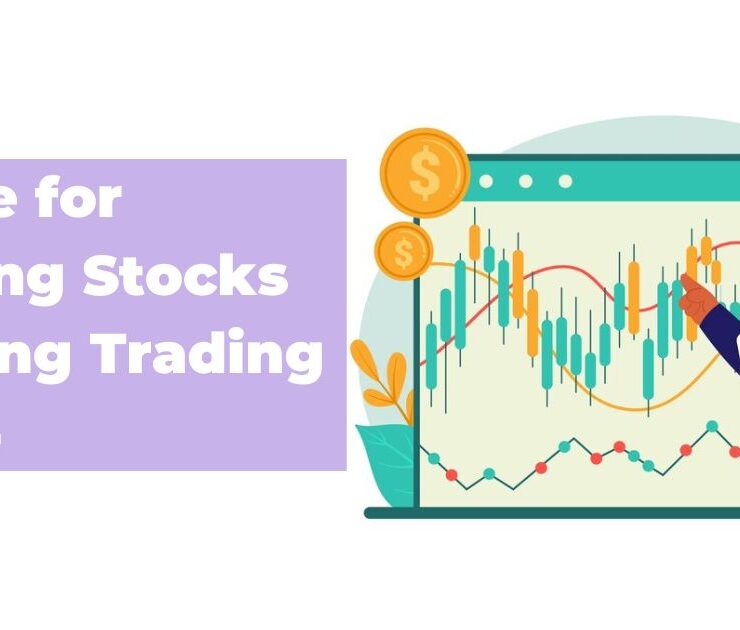How High-Interest Rates Affect the Stock Market and Individual Stocks

The town’s recent talk is that central banks worldwide raising interest rates to combat high inflation has had significant implications for the stock market. This blog will explore the relationship between interest rates and the stock market and how it affects individual stocks. Despite short-term market fluctuations, long-term investors can take comfort that consumer demand will likely recover, ultimately recouping losses.
Understanding the Relationship between Interest Rates and the Stock Market
Impact on Corporate Earnings
The stock market’s performance is closely tied to corporate earnings. Specific sectors, known as interest-rate-sensitive sectors, are negatively affected when interest rates rise. Companies in these industries may experience reduced demand due to higher interest rates.
Impact on Consumer Spending
As the central bank raises interest rates, consumer borrowing costs increase, leading to higher loan EMIs. Consequently, disposable income decreases, resulting in reduced consumer spending. Businesses that rely on consumer spending experience lower revenues and profitability, potentially leading to cost-cutting measures like hiring freezes or workforce reductions.
Effects on Individual Stocks
- Interest-Rate-Sensitive Stocks
Specific sectors, such as residential property construction companies, witness a decline in demand when interest rates rise. As a result, their profitability takes a hit, causing their stock prices to drop. Banking and finance, auto, real estate, and consumer durables companies also fall under this category.
- Resilient Stocks
Conversely, some businesses perform well in a rising interest rate environment. For example, insurance companies can increase risk premiums for standard products, stabilising cash flows. Other resilient sectors include technology, pharmaceuticals, and energy stocks.
Long-Term Investing in a Rising Interest Rate Regime
Endurance through Economic Cycles
Economies go through ups and downs, and inflation is an inherent part of this cycle. Central banks raise interest rates in response to inflationary pressures, and investors may witness short-term declines in corporate profits and revenues. However, as the economy stabilises and inflation returns to normal, consumer demand will likely rebound, leading to potential stock market gains in the long run.
Staying Committed to the Asset Allocation
Long-term investors should maintain a patient and committed approach to their intended asset allocation. Investors can weather short-term market fluctuations and capitalise on the eventual recovery by staying invested and focused on the long term.
The BEER Ratio and Tactical Portfolio Shifts
The Bond Earning Yield Ratio or BEER ratio compares two ways to make money: by owning bonds or stocks. It helps us decide which one might be better at a particular time. If the ratio is below 1, stocks might give us more money so that we could invest more in them. If the ratio is above 1, bonds might be better, and we could consider putting more money into them. It’s a helpful tool to choose where to put our money wisely!
Suppose you have a diversified investment portfolio that includes both stocks and bonds. You’re keeping a close eye on the BEER ratio, which compares bond yields (how much you earn from holding bonds) to index earnings yields (how much you earn from holding stocks).
Assume current bond yields are 4% (annual return on bonds), and the index earnings yields are 6% (annual return on stocks). To calculate the BEER ratio, you divide the bond yields (4%) by the index earnings yields (6%), resulting in a BEER ratio of 0.67 (4% ÷ 6% = 0.67).
Now, let’s understand the implications of this BEER ratio:
- When the BEER ratio is below 1: If the BEER ratio is less than 1, bond yields are lower than earnings yields. In our example, the BEER ratio is 0.67, indicating that bond yields are lower than stock earnings. This suggests that stocks are offering higher returns than bonds at the moment.
- Tactical Portfolio Shifts: As an investor, you use the BEER ratio as a guide to make tactical decisions about your portfolio. When the BEER ratio is below a certain threshold, such as 0.75, it might signal a favourable environment for stocks over bonds. In this scenario, with a BEER ratio of 0.67, you might allocate more of your funds to stocks rather than bonds.
- Higher BEER Ratio: On the other hand, if the BEER ratio is above 1, bond yields are higher than earnings yields. This might imply that bonds are offering relatively better returns compared to stocks. In such a situation, you might consider reallocating some of your investments from stocks to bonds.
- Diversification: It’s essential to remember that the BEER ratio is just one of many factors to consider when making investment decisions. Diversification is crucial, spreading your investments across different asset classes to reduce risk.
Bottom line
High-interest rates directly impact corporate earnings and the stock market, particularly affecting interest-rate-sensitive sectors. However, long-term investors need not be overly concerned, as consumer demand is expected to recover over time, eventually restoring corporate earnings and stock market performance. Staying committed to long-term investing and adhering to intended asset allocations can help investors navigate short-term market volatility and capitalise on long-term growth prospects.
Also Read: What are ASM and GSM in Stock Trading?








